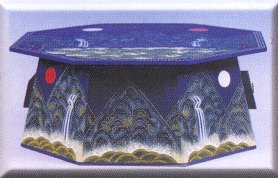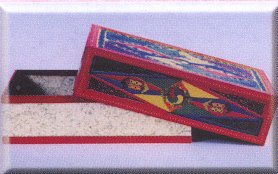

|
Though paper
was originally invented in China, its manufacture later
developed numerous variations, most notably in Korea.
Hanji, a kind of
traditional Korean paper made
from mulberry bark,
is characterized by its durability,
luster, and absorption.
Since Chonju and its vicinity
have long been the center of Hanji production, the people of Chonju take justifiable
pride in taking part in one of Asia's most renowned
paper manu facturing traditions.
Hanji,
which is made of the bark
of special "paper" mulberry trees, has been produced as paper for calligraphy,
as paper for industry
and the arts, as window paper, and
as a covering for the floor.
|
In
both dynasties, Chonju was highly regarded both for its Hanji production
capacity and the quality of its paper. Hanji came to occupy
an important role as tribute to be sent to the palace
by local officials, and also figured prominently in
the export trade with China. Currently, 9 firms operate
in the Chonju Hanji Cooperative Complex. In addition,
since the 37th Pungnam Festival in 1995, Hanji has
been reevaluated as a valued asset in Korea's arts.
There has been a Hanji
Exhibition Event held as part
of Pungnam Festival in an effort to increase awareness
of Hanji.
|